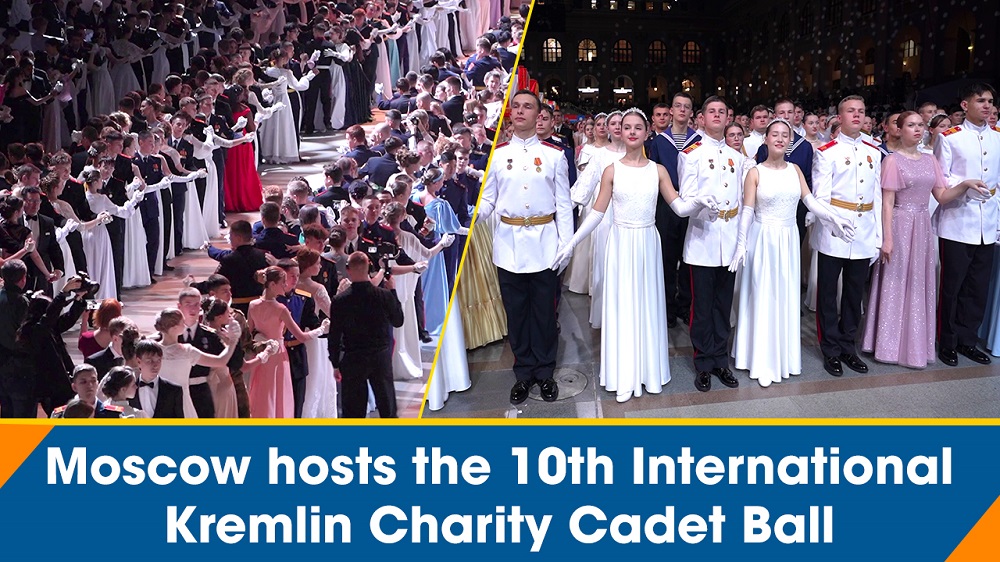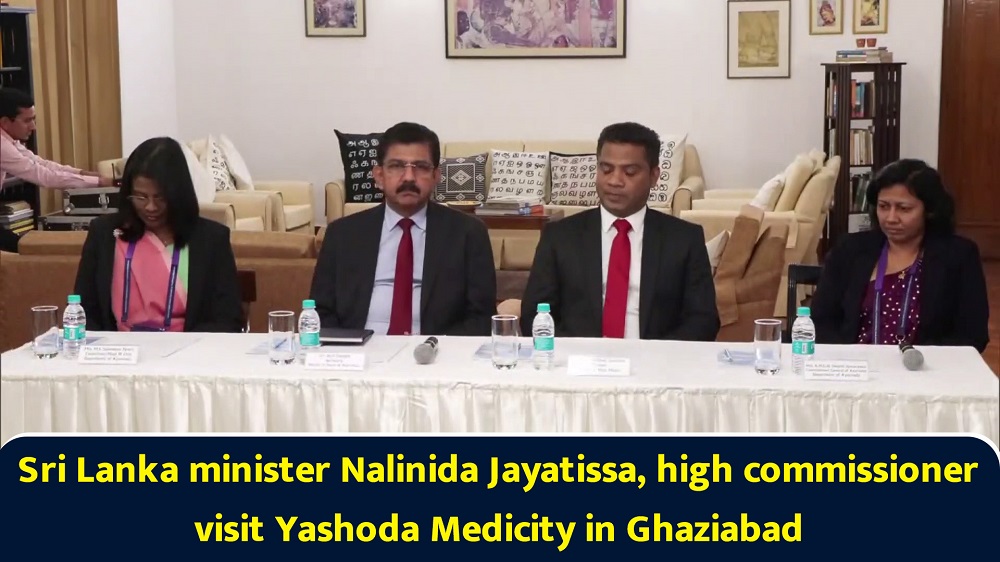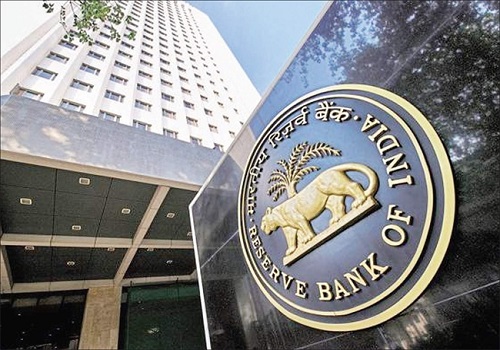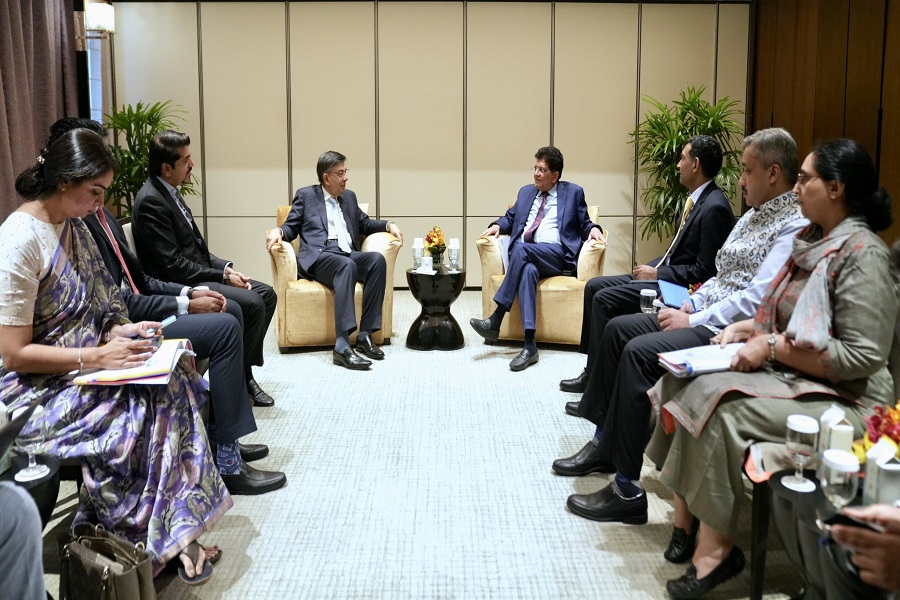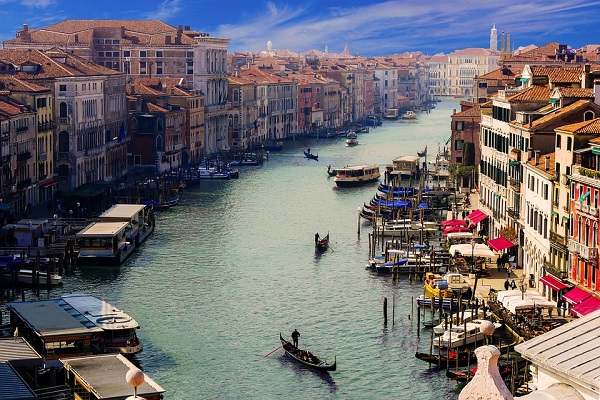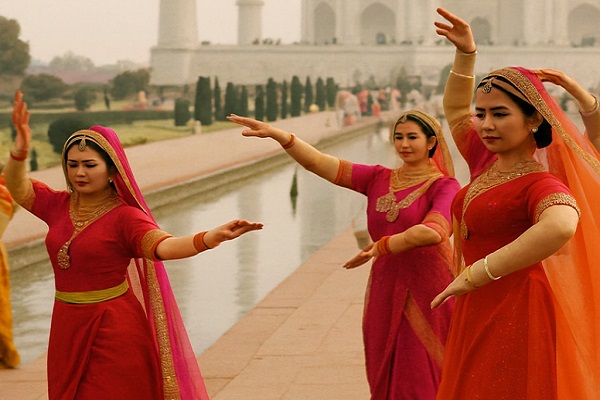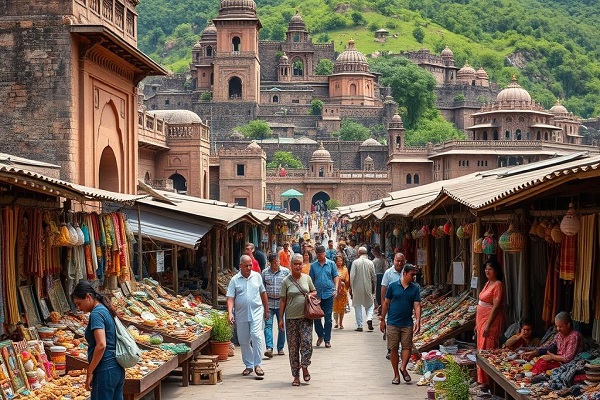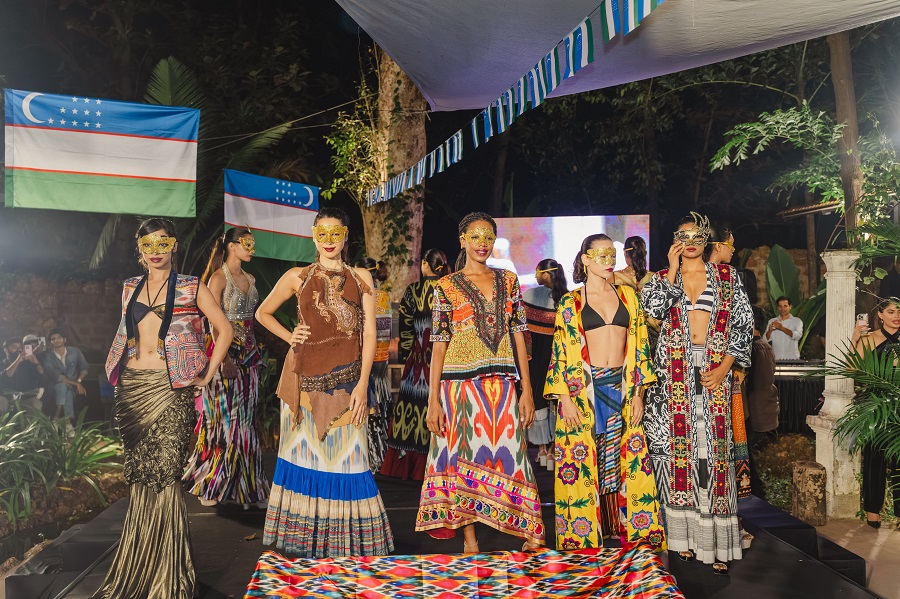"Post-Conflict Cultural Tourism: Rebuilding Identity Through Travel and Memory"
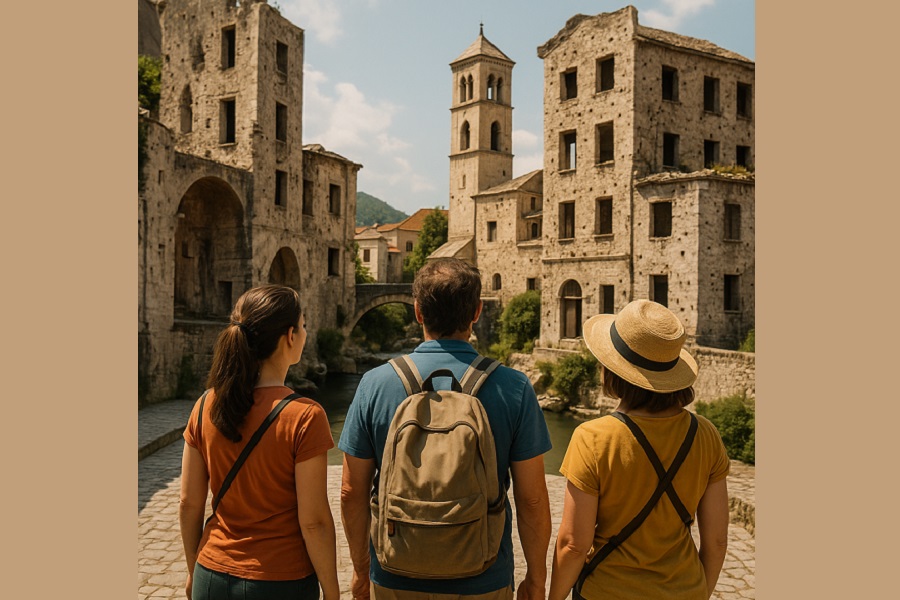
In the quiet echoes of cities once torn by conflict, a new kind of traveler is arriving — not to indulge in luxury or leisure, but to understand, honor, and heal. Post-conflict cultural tourism is emerging as a powerful movement, turning sites of past trauma into spaces for remembrance, learning, and cultural revival. As the photograph depicts — tourists standing amid bullet-marked buildings and centuries-old ruins — this form of tourism bridges the past and future, history and hope.
Reclaiming Ruins, Restoring Stories
The setting captured in the image — war-scarred buildings flanked by a peaceful river and distant green hills — tells a powerful story. These remnants are not just ruins; they are silent storytellers of resistance, survival, and rebirth. When tourists visit such places, they aren’t merely observing — they’re participating in the reweaving of a fractured cultural fabric.
Cities like Sarajevo (Bosnia), Mostar, Kigali (Rwanda), and Hiroshima (Japan) have transformed their war-torn heritage into poignant educational journeys. Museums, guided memory walks, rebuilt cultural landmarks, and survivor-led storytelling sessions allow visitors to engage deeply with the local context.
Why Cultural Tourism Matters in Post-Conflict Regions
Preservation of History: Travelers contribute to preserving the true narrative of conflict, countering historical erasure.
Empowerment of Local Communities: Tourism creates jobs for local guides, artisans, and small businesses, helping rebuild economies from the ground up.
Healing Through Understanding: Visitors gain emotional insight into the lived experiences of war survivors, promoting empathy and global peace consciousness.
Cultural Continuity: Heritage sites, music, rituals, and cuisine — all deeply rooted in culture — find renewed relevance when shared with respectful travelers.
Tourists as Peace Ambassadors
The image of the three visitors facing a war-torn, yet resilient cityscape is a powerful metaphor: tourists are not just passive observers — they are peace ambassadors. Their presence is a quiet affirmation that a place is no longer defined solely by its past conflicts but also by its strength, culture, and the people determined to rebuild.
Best Practices for Post-Conflict Travelers
Travel with Respect: Understand the sensitivity of the region’s history.
Support Local Voices: Choose local guides and initiatives that tell authentic stories.
Avoid Exploitation: Do not take or share images that sensationalize suffering.
Educate Yourself: Read about the conflict and its aftermath before visiting.
Conclusion
Post-conflict cultural tourism is not about dark tourism or voyeurism — it's about remembrance, responsibility, and renewal. As captured in the evocative photograph, it’s about walking through the shadows of the past while witnessing the light of resilience and recovery.
Through conscious travel, we not only discover new lands but also rediscover our shared humanity.


